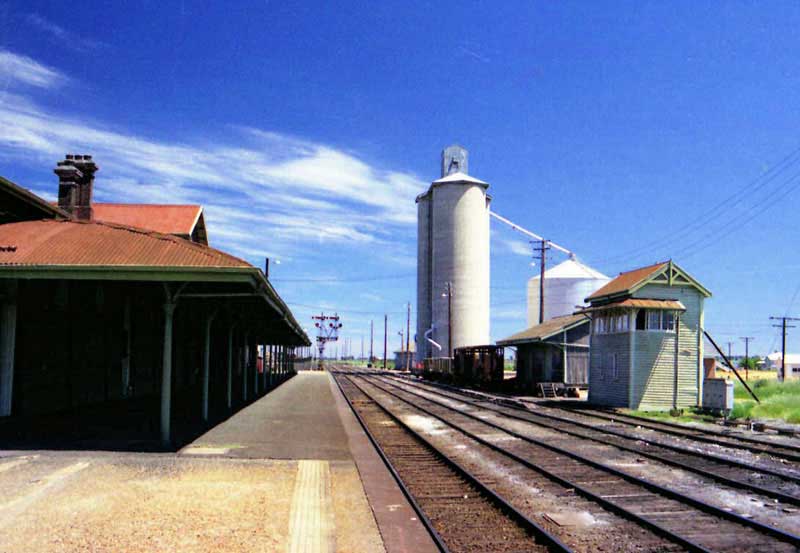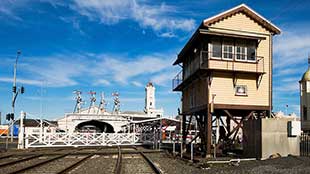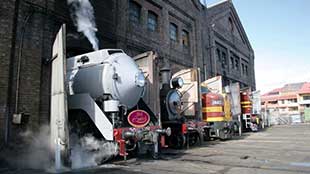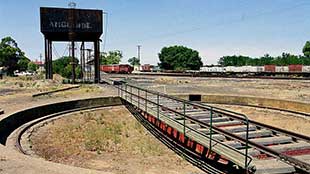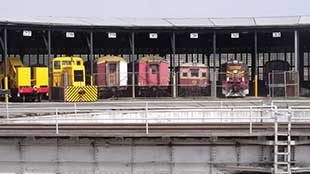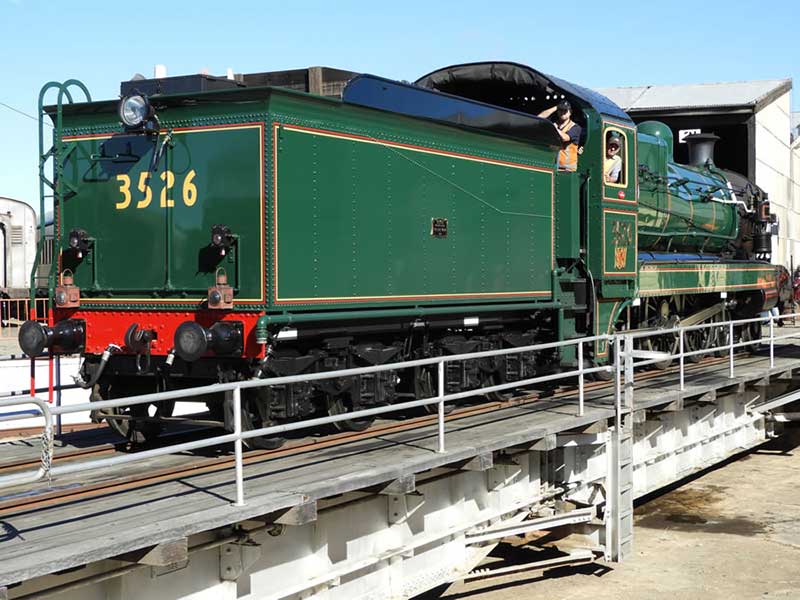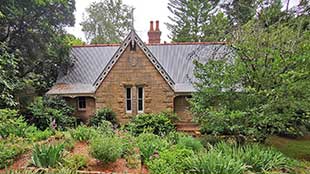Victorian Railmotors
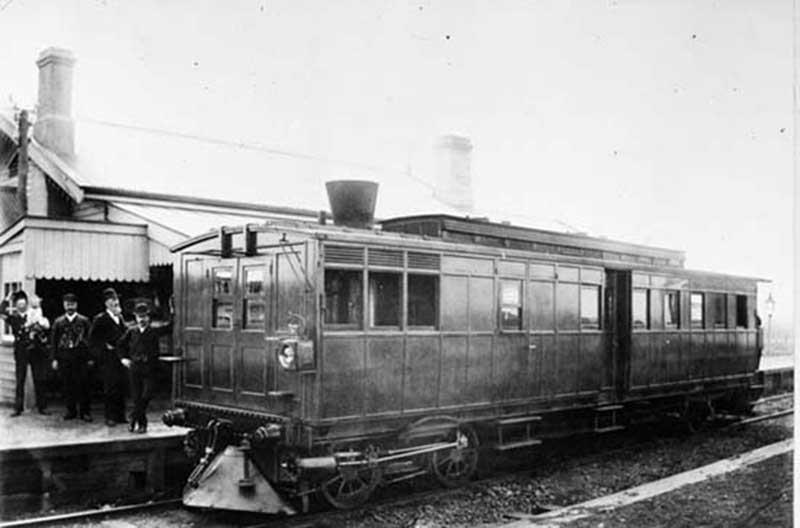
Rowan Steam Car
The Rowan steam car was the start of railcar operation in Victoria. The car entered service in 1883. The power plant was built in England and the car was designed by W.R. Rowan of Copenhagen. It was somewhat like a steam engine, with a drivers cabin and a passenger compartment that could seat 40 people. Another example was built from parts purchased with the original car. It was steam driven and pulled a six wheel carriage.
Victorian Railways AEC Railmotors
To provide service and reduce costs in the 1920's, the Victorian Railways brought 19 AEC railmotors with 45 hp petrol engines, and 23 trailers into service. The class was given the code name RM and they were numbered 1 to 19. They were brought into service between 1922 and 1925. The railcars were removed from service between 1948 and 1956, being replaced by Walker railmotors.
The railmotors had three seating arrangements. They were 4-wheeled vehicles around 8 metres in length, and hauled 4-wheeled trailers that were 3 metres in length. The units had a top speed of 45mph.
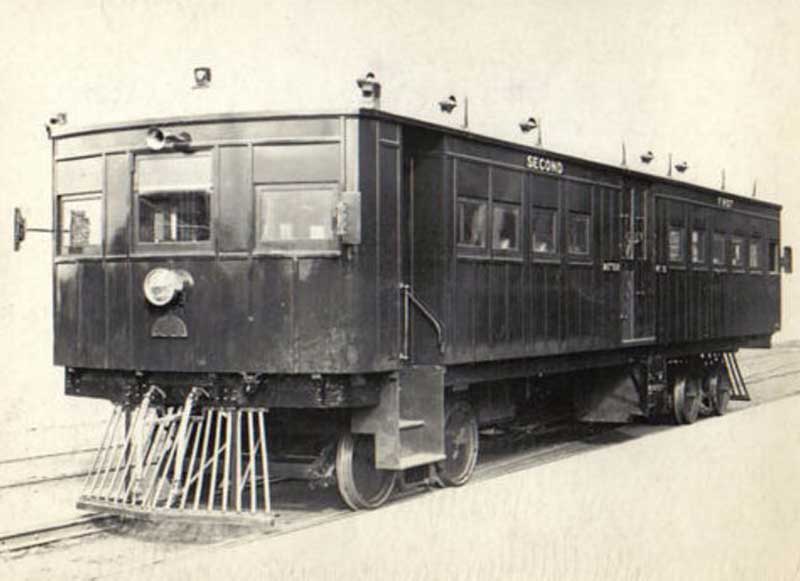
Leyland Double-ended Railmotor
Introduced in 1925, the Leyland railmotors were also known as Double Ended Railmotors. Four Leyland railmotors were built by the Victorian Railways for use in Victoria, mostly on the services to Echuca, Cohuna, Whittlesea and Tallangatta, with the occasional trip to Mansfield and Maffra. They were also used on some mainline services. Victorian Railways also built two for Tasmanian Railways. They remained in service until the last two were withdrawn in July 1954, following the introduction of the Walker rail motors.
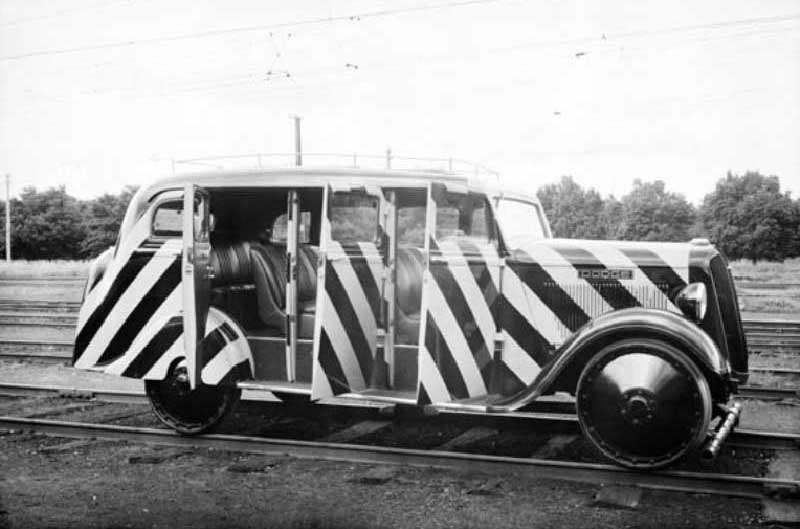
Photo: Public Records Office, Victoria
Passenger and Mail Railmotor
In 1936/1937, six Dodge cars numbered RM 70 to 75 were built under licence by Richard & Sons, Adelaide. These cars were equipped with rail wheels. They were described as Passenger and Mail Motors officially but at the time of delivery they were placed into the Rail Motor group and lettered RM. These vehicle were used on light use branch lines and later one was used as an inspection car for officials. The vehicles were removed from service and scrapped between 1953 and 1958. One car is being restored by the ARHS Museum, Newport.
Walker Railmotors
The family of Walker railmotors were a type of diesel railcar operated by the Victorian Railways in Australia. After World War II, the Victorian Railways undertook a major rebuilding program known as Operation Phoenix. One of the first tasks was the upgrading of passenger services on country branch lines, through the replacement of 23 wooden-bodied railmotors built in the 1920s, and the withdrawal of steam locomotive hauled mixed trains.
An initial order of twelve 102 hp (80 kW) railcars, six 153 hp (110 kW) railcars with trailers, and twelve 280 hp (210 kW) railcars was placed with Walker Brothers, England. It was then extended to include a further ten 153 hp (110 kW) railmotors and trailers. The first was delivered in 1948, with additions to the fleet running through to 1955.

